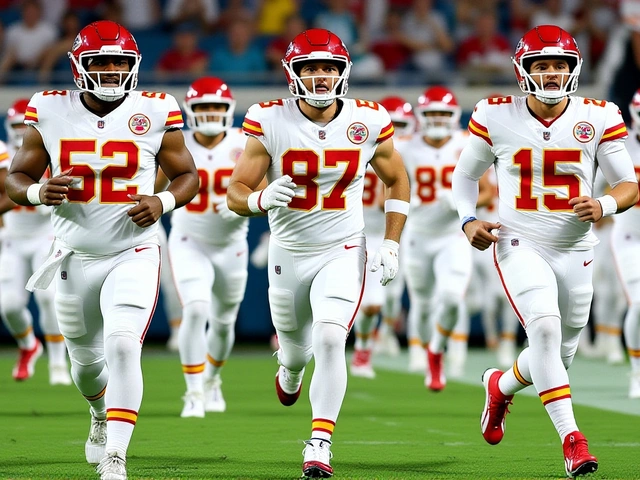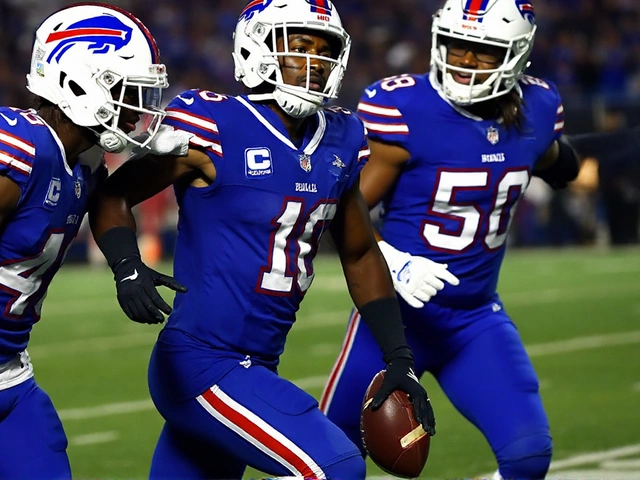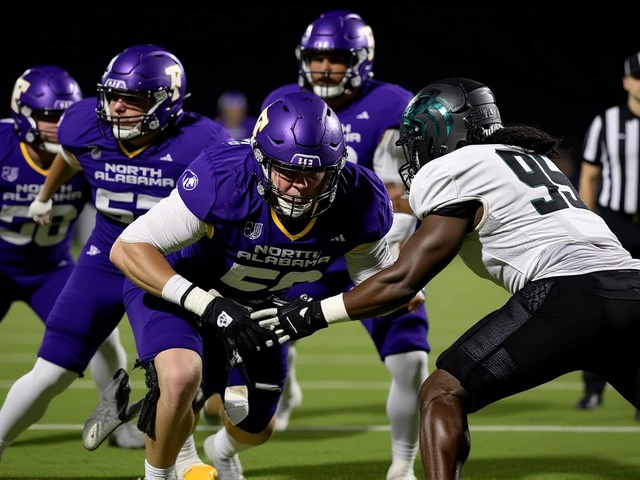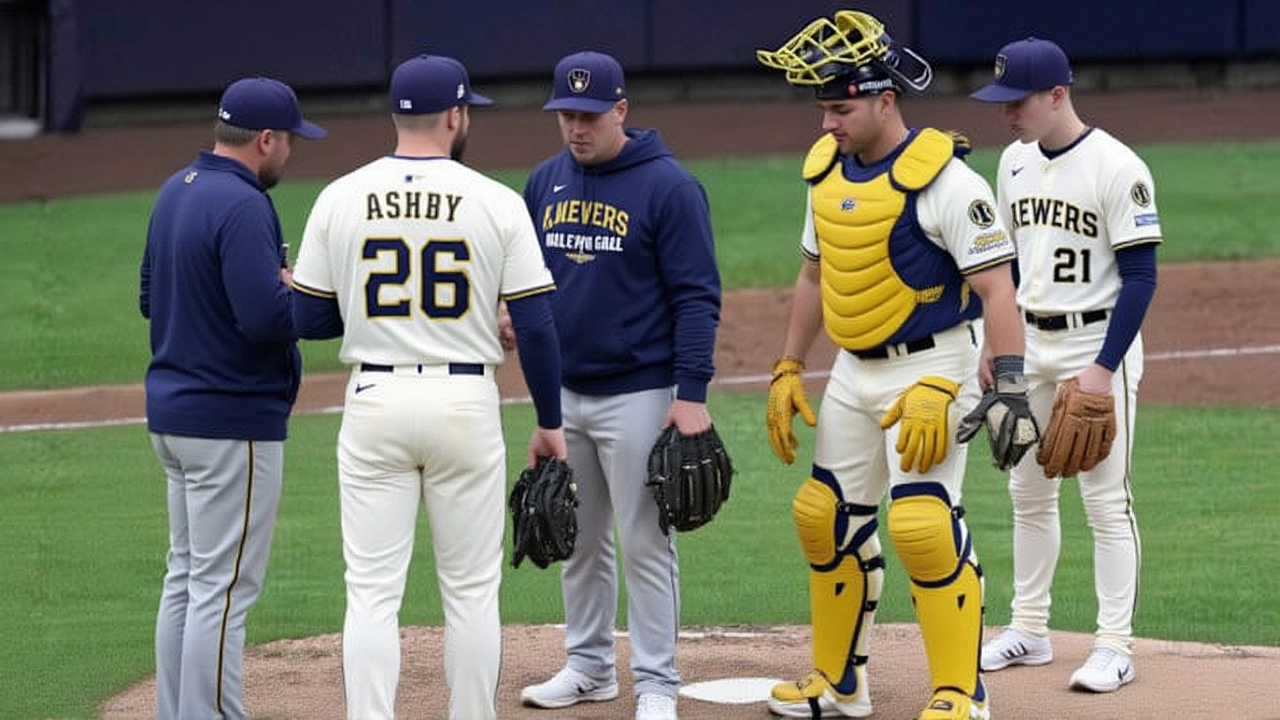
When Dodgers routed the Milwaukee Brewers 2‑1 in Game 1 of the 2025 National League Championship Series on Monday, October 13, 2025, the win felt like a statement from a defending champion. The game unfolded at National League Championship Series Game 1American Family Field in Milwaukee, Wisconsin, under a cool evening sky.
Leading the charge on the mound was left‑hander Blake Snell, a two‑time Cy Young Award winner coming off a 5‑4 regular‑season record and a 2.35 ERA. Snell delivered eight innings of one‑hit, ten‑strikeout baseball, facing the minimum 24 batters—a feat not seen in a postseason game since Don Larsen’s perfect World Series outing in 1956.
The lone baserunner he allowed was rookie outfielder Caleb Durbin, who singled in the third inning before Snell promptly picked him off. That pick‑off proved to be the only blemish on an otherwise immaculate night.
Milwaukee’s manager Pat Murphy went with a modern “opener” strategy, sending left‑hander Aaron Ashby to start the game. With only three established starters—Quinn Priester, Freddy Peralta and José Quintana—the Brewers leaned on their bullpen, a tactic pitching coach Chris Hook has been preaching all season.
On the offensive side, first baseman Freddie Freeman broke the deadlock in the sixth inning with a solo home run that snapped a scoreless duel. The crowd gasped as the ball sailed over the left‑field wall, and Freeman’s celebratory fist pump turned into a rallying cry for the Dodgers.
Later, in the ninth inning, center‑field star Mookie Betts drew a bases‑loaded walk, loading the bases for the winning run. The Dodgers’ closer, right‑hander Blake Treinen, sealed the victory by fanning Brice Turang with the bases loaded, delivering a 95.4 mph fastball that spun at 2,533 rpm.
Series Background
Both clubs entered the NLCS on hot streaks. The Brewers had just survived a winner‑take‑all Game 5 against the Chicago Cubs on October 11, delivering a dramatic 6‑5 win that sent them to the championship round for the first time since 2018. The Dodgers, meanwhile, dispatched the Philadelphia Phillies in four straight games, riding the momentum of a $415 million payroll that outspent every other NL team.
Even though Milwaukee swept a six‑game regular‑season series against Los Angeles in July—going 6‑0—the Dodgers have historically turned the tables in the playoffs. Teams that win Game 1 on the road in a best‑of‑seven series have taken the series 56.3 percent of the time (40 of 71) under the current 2‑3‑2 format.
Snell’s Historic Performance
Snell’s eight‑inning, one‑hit gem placed him in elite company. The last pitcher to retire the minimum 24 batters through eight innings in postseason play was Don Larsen, whose perfect game clinched the 1956 World Series for the Yankees. By matching that efficiency, Snell not only gave the Dodgers a lead but also reminded fans why his name still reverberates after winning his second Cy Young in 2024.
- Innings pitched: 8
- Hits allowed: 1
- Strikeouts: 10
- Walks: 0
- Pick‑offs: 1 (Durbin)
Baseball analysts noted that Snell’s fastball velocity hovered around 96 mph, while his slider showed a crisp 84 mph break—an ideal mix to keep right‑handed Brewers batters off balance.
Key Offensive Moments
Freeman’s sixth‑inning homer accounted for all of Los Angeles’ runs, but the Dodgers also manufactured runs through discipline. Max Muncy drew a leadoff walk in the top of the ninth, Kiké Hernández followed with a single, and Andy Pages laid down a sacrifice bunt to move runners into scoring position. Snell then poached a potential tying run at second base with a pick‑off, sparking a brief fireworks display of defensive alertness.
Betts’ walk in the bottom of the ninth was the ultimate cherry on top. With the bases loaded and two outs, the veteran’s keen eye forced a full count that ended with a four‑seam fastball right on the plate—forcing the umpire to raise a finger.
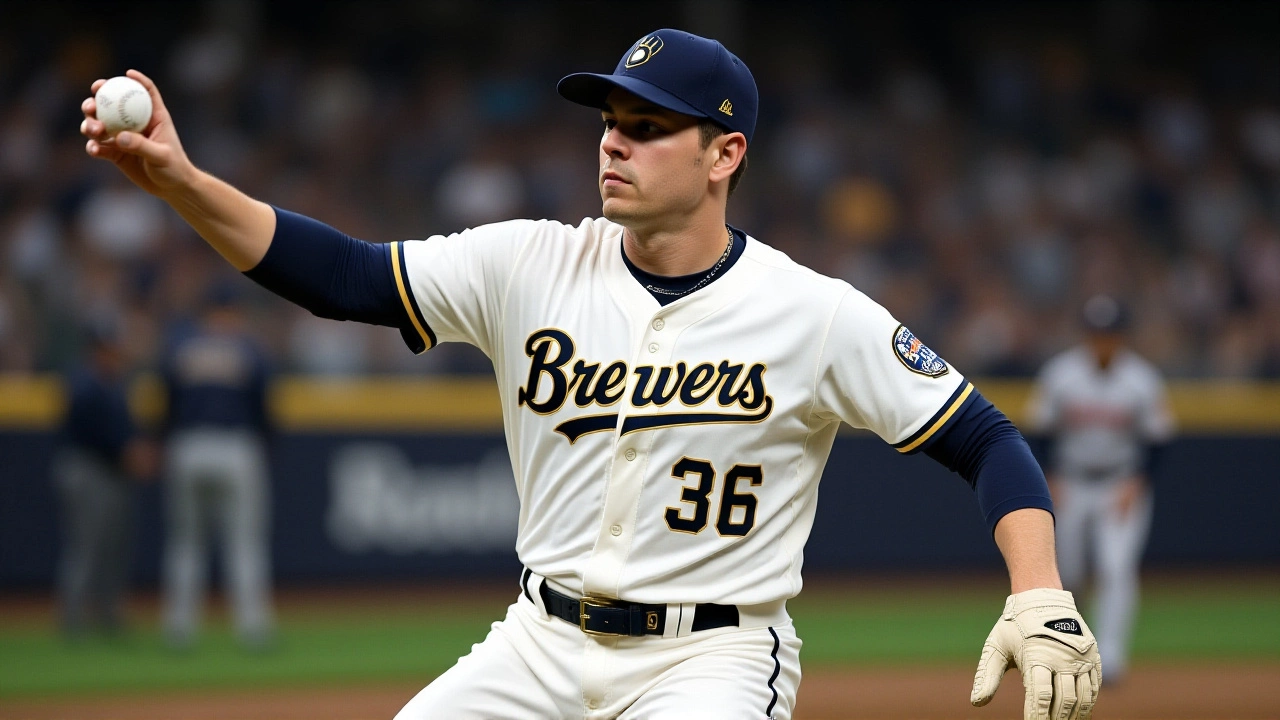
Implications and What Comes Next
The victory gives the Dodgers a historical edge: teams that capture Game 1 in a best‑of‑seven postseason series go on to win the series 126 of 194 times (64.9 %). More importantly, winning on the road in the 2‑3‑2 format adds a psychological edge, especially as the Brewers will head back home for Game 2.
Game 2 is slated for Tuesday, October 14, at 5:08 p.m. Pacific Daylight Time, with Milwaukee’s ace Freddy Peralta slated to start against the Dodgers’ next arm, likely right‑hander Gerrit Cole (based on recent rotation patterns). If the Brewers can level the series, the momentum could swing back to Milwaukee, but overcoming a road win in Game 1 remains a tall order.
Historical Context
This NLCS marks the first time since 2000 that the Dodgers have defended their World Series title and made it back to the league championship round. The last team to win back‑to‑back titles was the New York Yankees in 1999‑2000. For Milwaukee, a win would send the franchise to its second World Series appearance—the first coming in 1982, when they fell to the St. Louis Cardinals in seven games.
Both clubs are also feeling the ripple effects of recent rule changes, including the universal DH and the expanded playoffs, which have altered roster construction and pitching strategies. The Brewers’ reliance on an opener exemplifies how teams are adapting to a deeper, more flexible postseason field.
Frequently Asked Questions
How does this win affect the Dodgers’ chances of a back‑to‑back World Series?
Taking Game 1 on the road puts Los Angeles in a statistically favorable position—historically, road‑game winners in a best‑of‑seven series claim the title about 56 % of the time. Coupled with a deep rotation and a payroll that tops the NL, the Dodgers now look like the most likely team to repeat since the Yankees in 1999‑2000.
What made Blake Snell’s performance so rare?
Snell retired the minimum 24 batters through eight innings while allowing just one hit—a level of efficiency not seen in postseason play since Don Larsen’s perfect game in 1956. His blend of velocity, movement, and pinpoint control forced the Brewers to swing at pitches outside the strike zone.
Why did the Brewers opt for an opener in Game 1?
Milwaukee entered the series with only three reliable starters. By using Aaron Ashby to eat the first inning and then turning to a series of relievers, Pat Murphy hoped to maximize match‑ups and preserve his limited rotation for later games.
Who are the key players to watch in Game 2?
For the Brewers, ace Freddy Peralta will look to silence the Dodgers’ bats, while shortstop Willy Adames hopes to reignite Milwaukee’s offense. Los Angeles will lean on veteran Freddie Freeman for run production and on Gerrit Cole (if he starts) to keep the momentum.
What does this series mean for the future of NL pitching strategies?
The Brewers’ opener experiment highlights a growing trend of flexibility in postseason rotations. As teams continue to juggle deeper bullpens and fewer guaranteed starters, we may see more “bullpen games” in future playoffs, especially in the NL where the DH is now universal.

